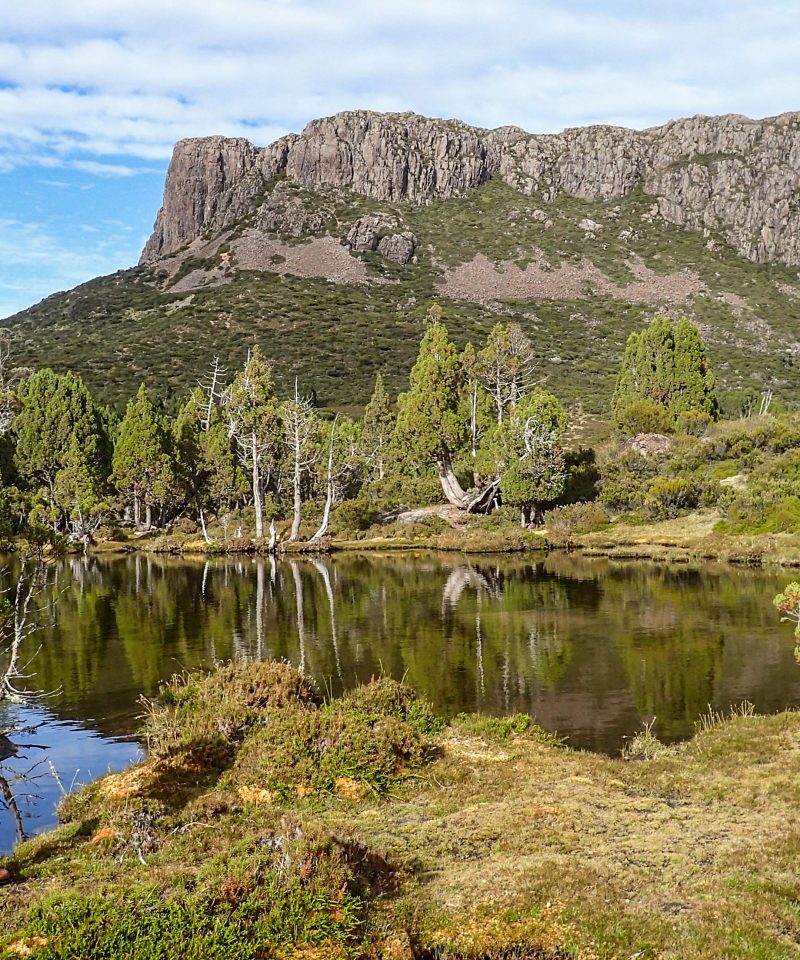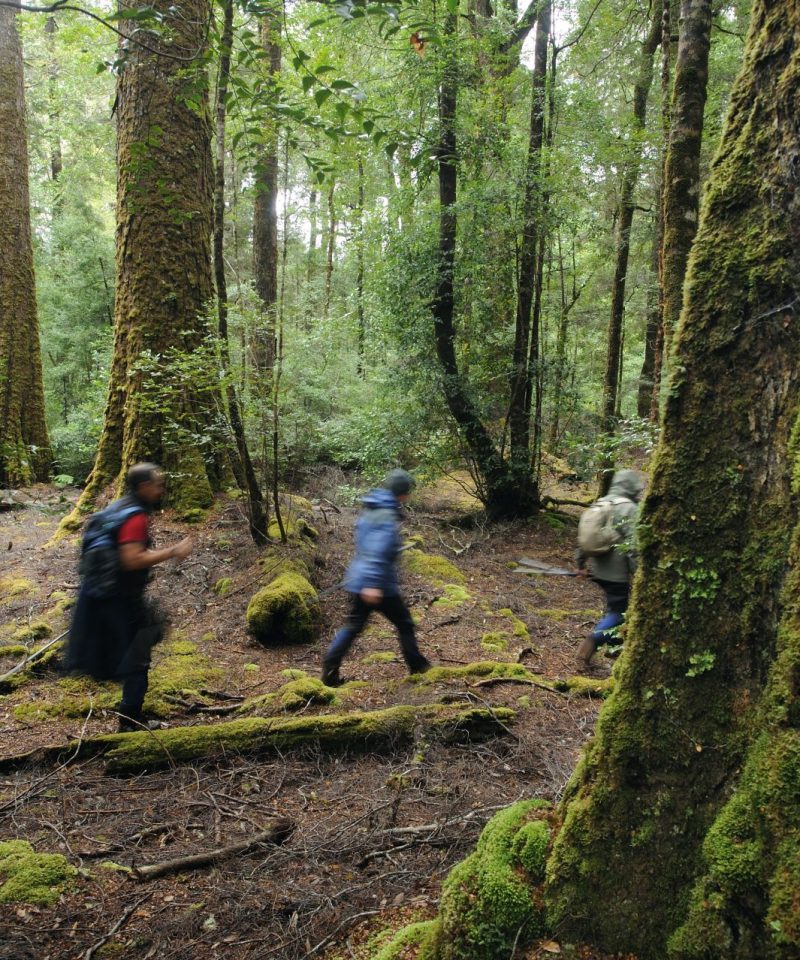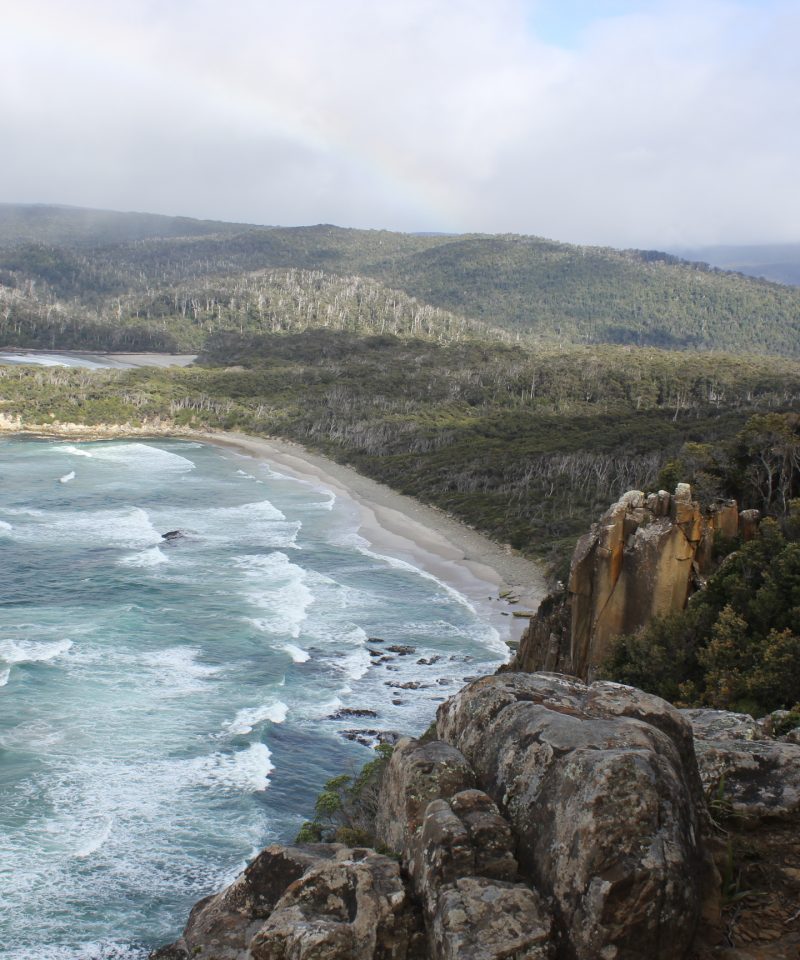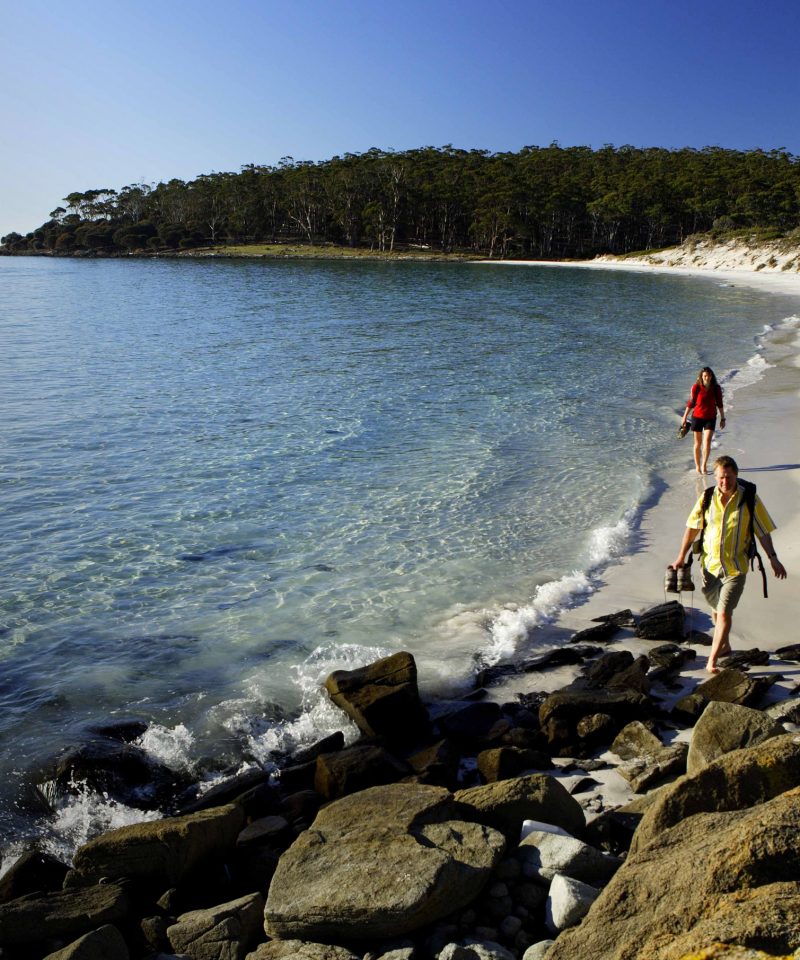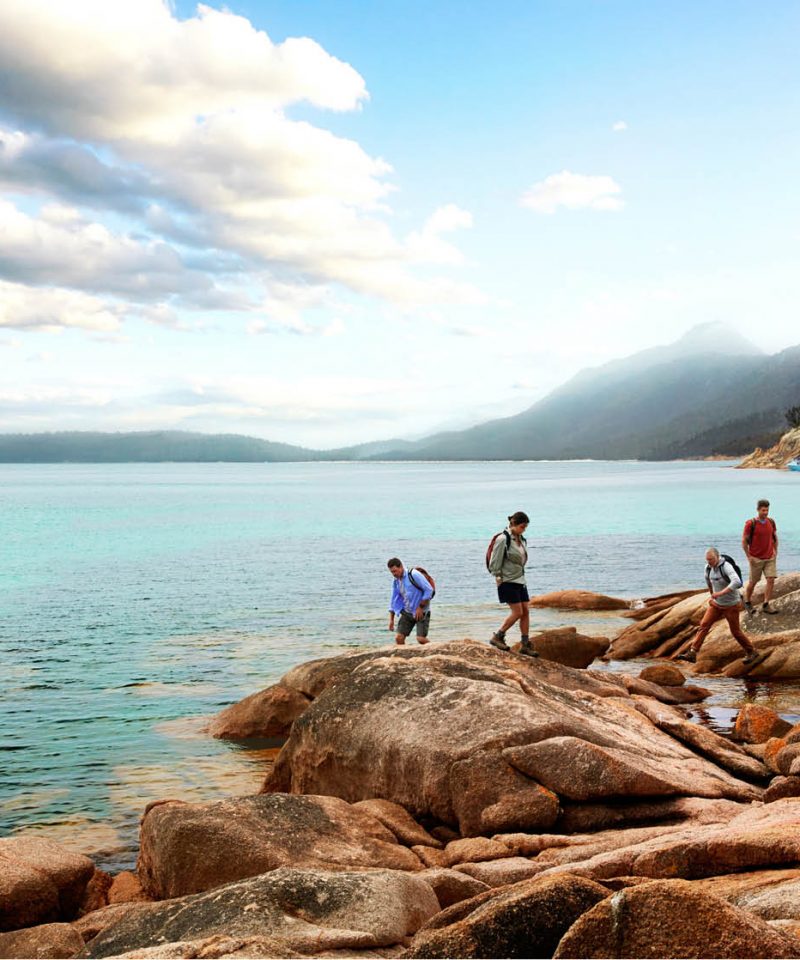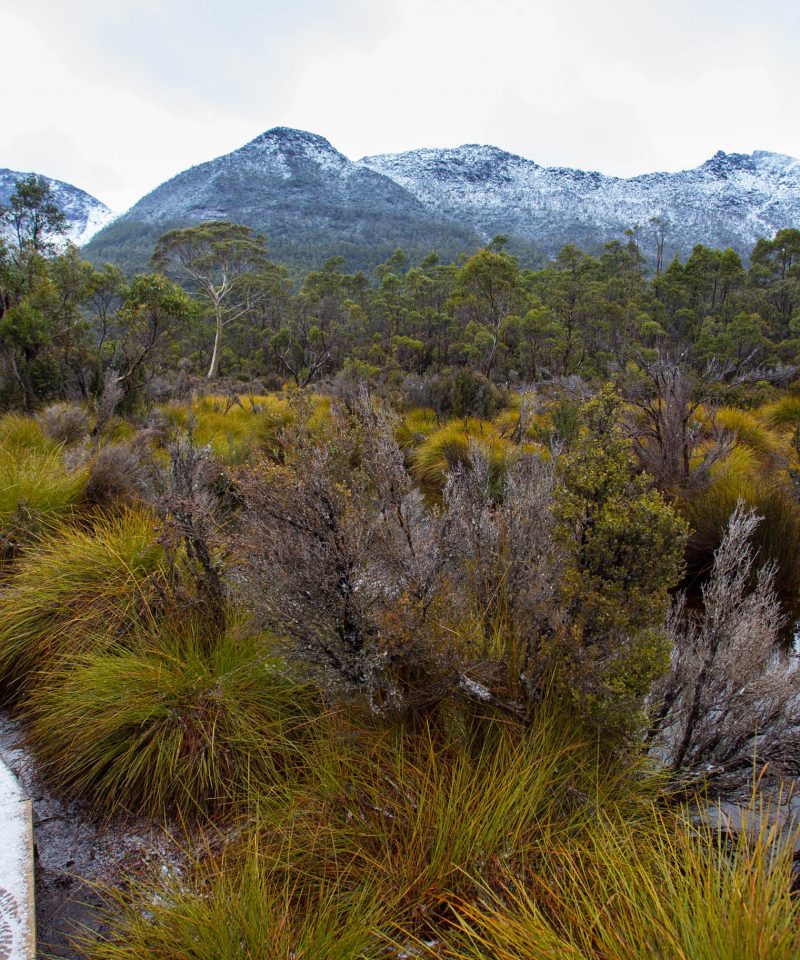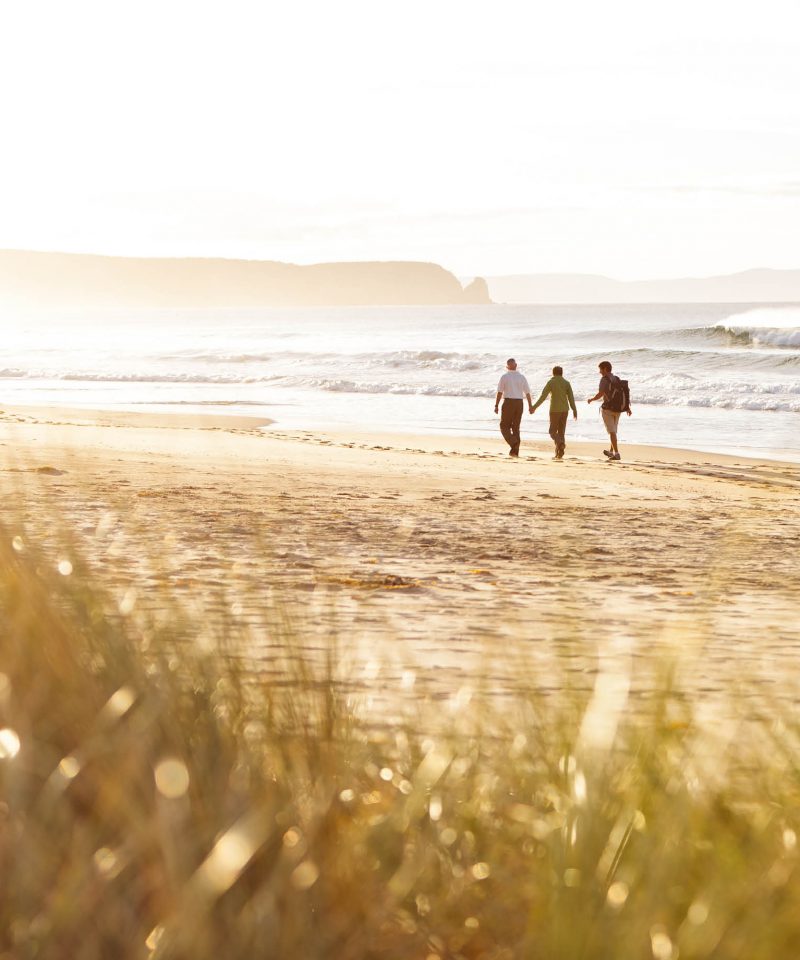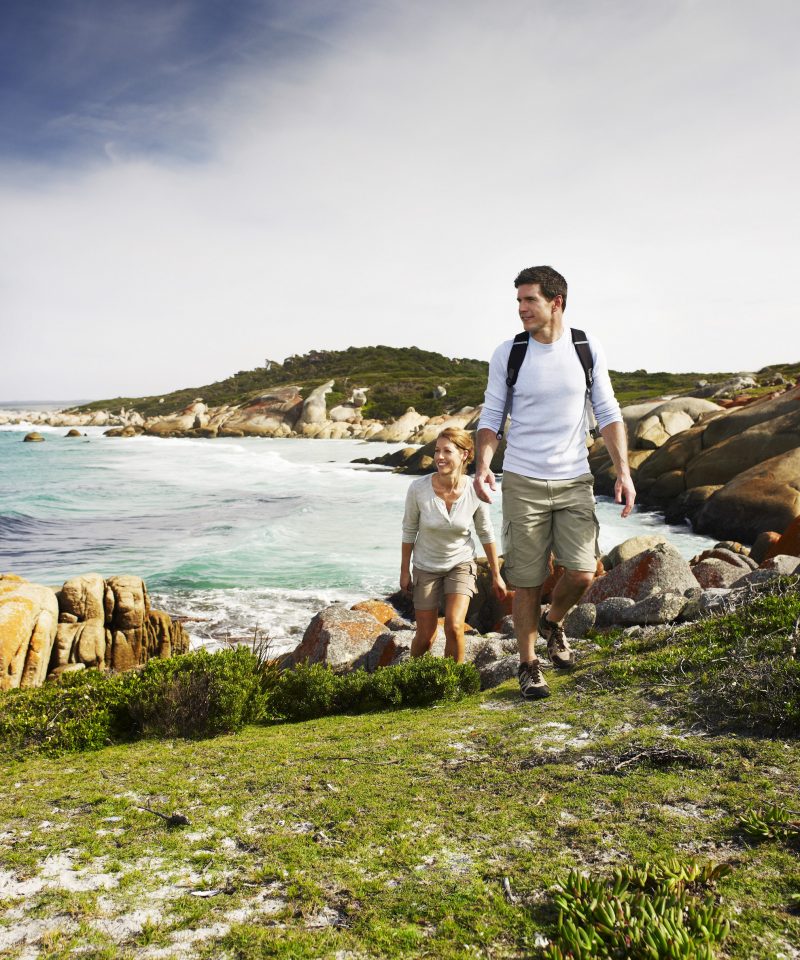Tasmania also has a thriving art scene, an exciting food and wine culture and a fascinating indigenous and colonial history. You can easily spend a week or more touring around Tasmania after the walk visiting vibrant places such as the MONA art gallery and Salamanca Markets in Hobart, exploring the World Heritage convict sites, choosing wonderful fresh produce and eating at the many restaurants.
Over 30% of the island state is protected as reserves and being geographically and genetically isolated from mainland Australia it has many species found nowhere else on earth. Tasmania has 19 Nationals Parks and has more variation in landscape over short distances than any other part of Australia. The Great Walks of Tasmania showcase the most pristine and stunning landscapes that Tasmania has to offer;
Cradle Mountain- Lake St. Clair National Park
Situated in central western Tasmania, Cradle Mountain – Lake St. Clair National Park is one of the most famous of Tasmania’s sublime National Parks. Its rugged mountain peaks and alpine moorlands offer some of the finest scenery and bushwalking opportunities in Australia.
The Walls of Jerusalem National Park
The Walls of Jerusalem National Park is an alpine wilderness and it forms part of the Tasmanian Wilderness World Heritage Area. Stands of pure pencil pine forest and alpine vegetation are set high on a plateau of dolerite peaks and glacial moraines, tarns and lakes. This beautiful environment is very fragile. This remote park is not accessible by road.
South West National Park
Part of the Tasmanian Wilderness World Heritage Area, South West National Park is unlike any other in Australia. Over six hundred thousand hectares of inspiring and remote wilderness make this the largest National Park in the state. It’s a varied region of wild rivers, jagged mountain ranges, rolling button grass plains and silent green rainforest.
Freycinet National Park
The spectacular red granite peaks of Freycinet Peninsula and the sugar soft white sandy beaches offer magnificent scenery and a wide range of habitats for many types of flora and fauna. The Freycinet National Park also includes the Friendly Beaches and Schouten Island. Wineglass Bay is without doubt the jewel in the crown on the Freycinet Peninsula.
Maria Island National Park
Maria Island, which lies just off the east coast of Tasmania, is rich in natural beauty and history. From its first inhabitants – the Tyreddeme Aborigines, to the early whalers and sealers. The island was also a penal colony during the convict era and a stronghold for the varied enterprises of Italian entrepreneur Diego Bernacchi.
The Tarkine
At 177,000 hectares, the takayna/Tarkine rainforest is the largest cool temperate rainforest in the Southern Hemisphere and the second largest in the world. This ancient rainforest is literally just that-ancient. If anyone were to analyse the fossils found in Antarctica they would find the vegetation that currently still stands in the Tarkine’s 65-million-year-old forest.
Bay of Fires Conservation Area
The Bay of Fires is a stunning region of white beaches, blue water and granite splashed with orange lichen. The bay was named by Captain Tobias Furneaux in 1773 in response to the many Aboriginal fires he saw burning on its shore. People visiting the area today often conclude that the name refers to the fire-like orange lichen covering the giant granite boulders.
